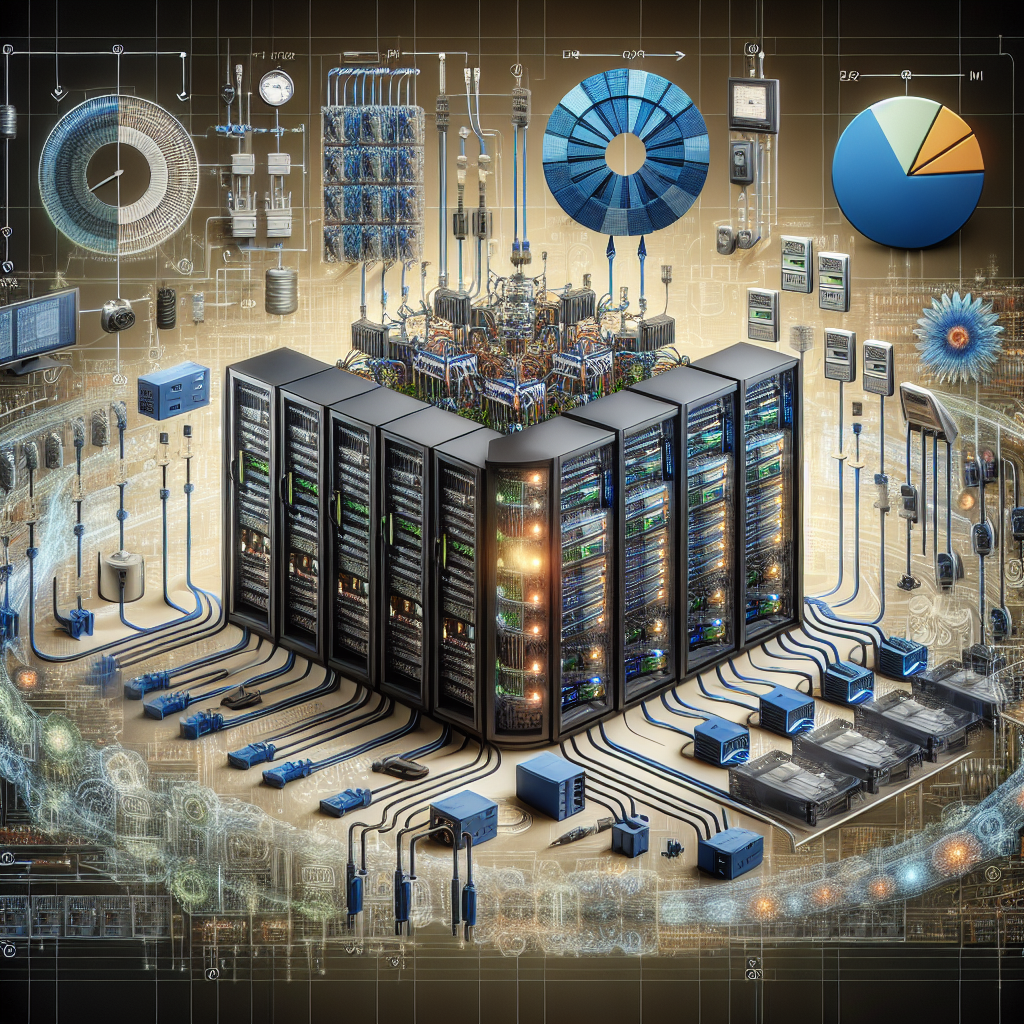Data centers are crucial components of modern businesses, providing the infrastructure needed to store, manage, and process vast amounts of data. With the increasing reliance on digital information, data centers are becoming more prevalent and essential than ever before. One of the key considerations in designing and maintaining a data center is optimizing power distribution in its electrical systems.
Efficient power distribution is critical for ensuring the reliability and performance of a data center. By optimizing power distribution, data center operators can minimize downtime, reduce energy consumption, and improve overall system efficiency. Here are some strategies for optimizing power distribution in data center electrical systems:
1. Use high-efficiency power distribution units (PDUs): PDUs are devices used to distribute electrical power to servers, storage devices, and networking equipment within a data center. Using high-efficiency PDUs can help reduce energy waste and improve overall system efficiency. Look for PDUs with features such as power monitoring, remote management capabilities, and energy-saving modes.
2. Implement a modular power distribution architecture: Modular power distribution architectures allow data center operators to scale their power distribution systems as needed. By using modular components such as power distribution panels, transformers, and busways, operators can easily expand or reconfigure their power distribution systems without disrupting operations.
3. Use intelligent power management software: Intelligent power management software can help data center operators monitor and optimize power usage in real-time. By collecting and analyzing data on power consumption, operators can identify inefficiencies and make adjustments to improve overall system performance. Some power management software solutions also offer automated power capping capabilities, allowing operators to limit power usage during peak demand periods.
4. Implement hot aisle/cold aisle containment: Hot aisle/cold aisle containment is a best practice for managing airflow in data centers. By segregating hot and cold air streams, operators can reduce energy consumption and improve cooling efficiency. This approach can also help prevent hot spots and ensure that equipment operates within optimal temperature ranges.
5. Conduct regular power audits: Regular power audits are essential for identifying potential issues and optimizing power distribution in data center electrical systems. By conducting power audits, operators can identify power-hungry equipment, inefficiencies in power distribution, and opportunities for energy savings. Power audits can also help operators ensure compliance with industry standards and regulations.
In conclusion, optimizing power distribution in data center electrical systems is essential for ensuring the reliability, efficiency, and performance of a data center. By implementing high-efficiency PDUs, using modular power distribution architectures, leveraging intelligent power management software, implementing hot aisle/cold aisle containment, and conducting regular power audits, data center operators can improve system efficiency, reduce energy consumption, and enhance overall performance. By investing in power optimization strategies, data center operators can maximize the value and longevity of their infrastructure while minimizing operational costs and environmental impact.


Leave a Reply